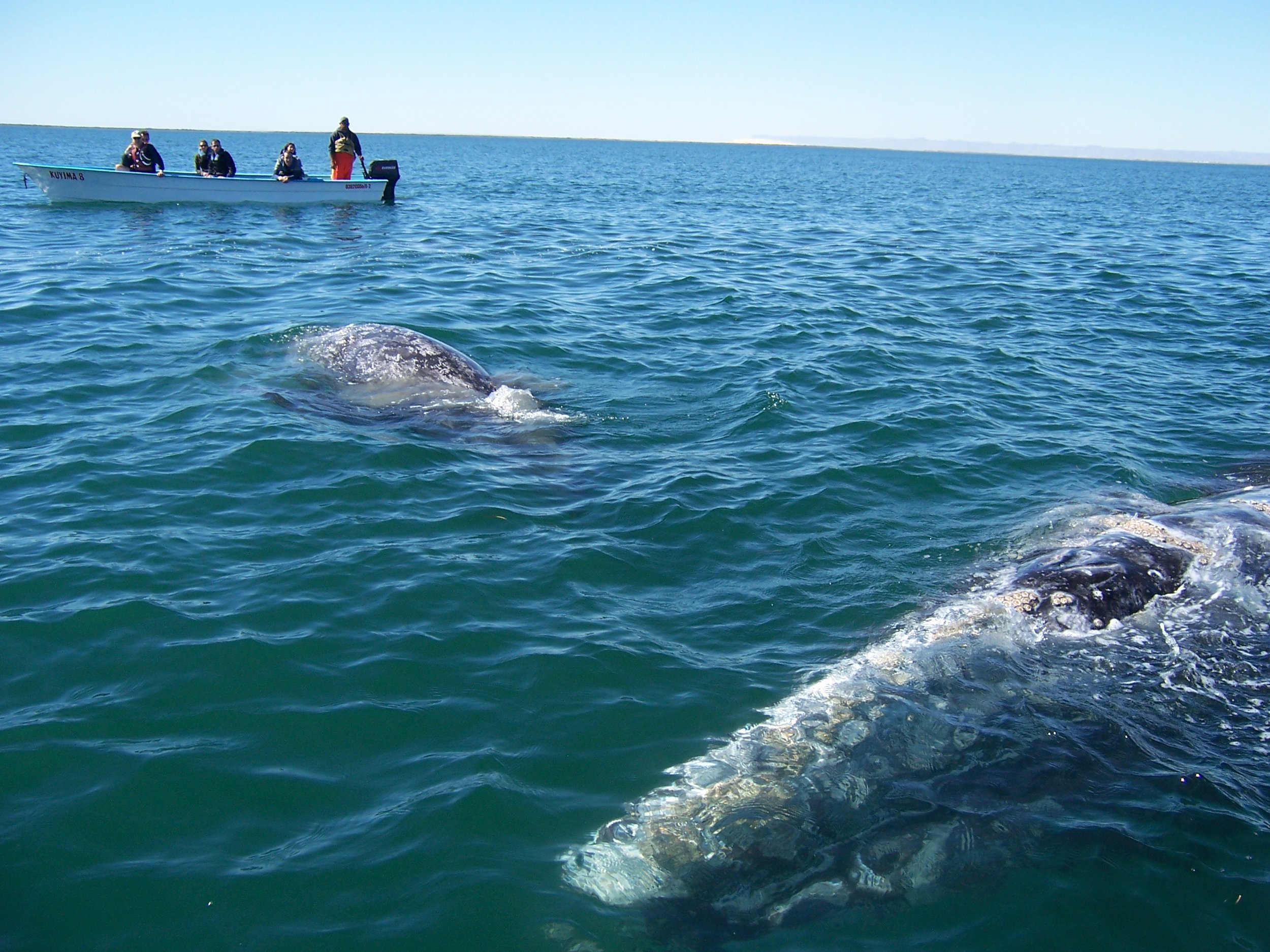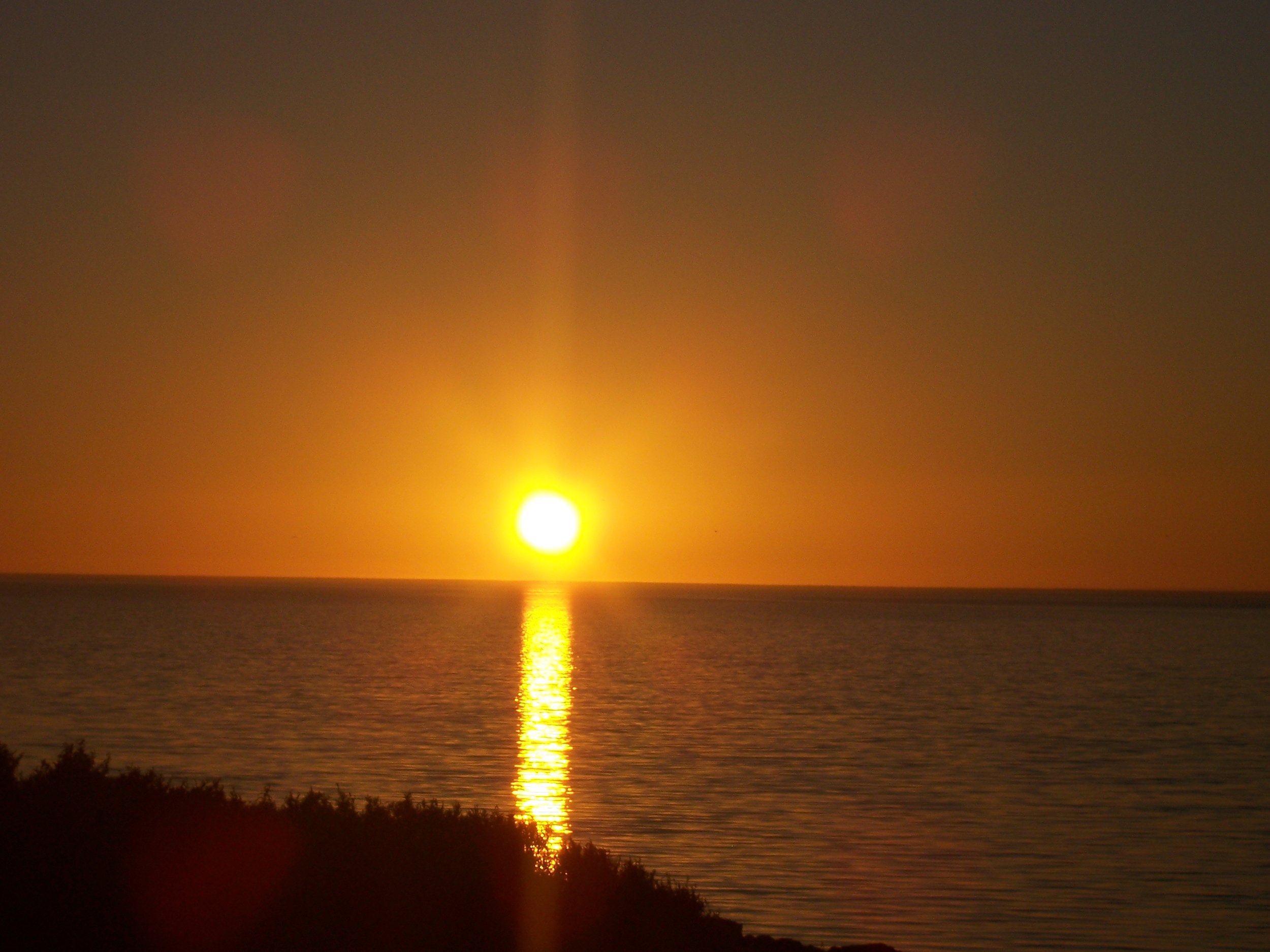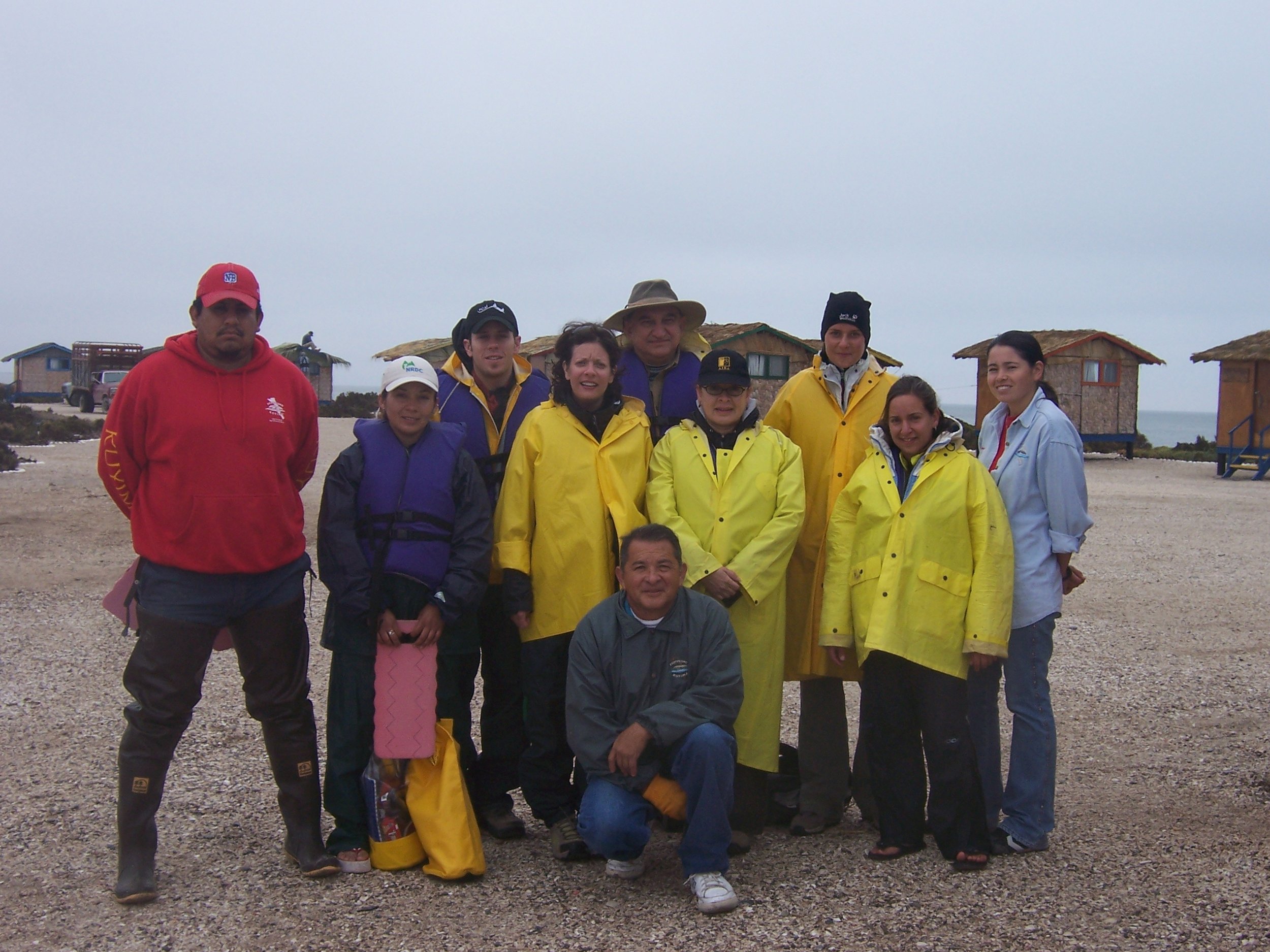The Inner Map: Gray Whales, Coyotes, and the Solstice of the Self
Meeting of the Hearts, LAR (2006) [San Ignacio Lagoon, Baja Mexico]
As the longest day of the year stretches across our skies, the summer solstice invites us to pause—not just to mark the season, but to orient ourselves anew.
What if, like the gray whale, we possessed a hidden map within us?
A deep, fluid geography not etched in ink but felt in bone and breath—drawn by light, pulled by inner knowing. In this moment of maximum solar radiance, we’re reminded that we, too, are creatures of migration and memory, guided not only by visible landmarks but by the invisible tides of the psyche.
Sun Searching, LAR (2006) [San Ignacio Lagoon, Baja Mexico]
The Long Journey.
In 2006, six months after my paternal grandmother died, I set out on a journey to see the gray whales. I was looking for her—searching the sea for some trace of the woman whose death I could not yet accept. It was an epic journey: Flying from New York to San Diego, then a train to the border, crossing into Mexico by foot and catwalk, and then doing what every guidebook warns against—getting into a cab alone, speaking broken Spanish, asking for passage to a place I couldn’t name except in longing. I didn’t know it then, but I was mapping my grief through her absence, listening not with my ears but with some older part of myself for a sign, a stirring, a direction home.
After a 26-hour bus ride—complete with a late-night Federales checkpoint and the quiet tension of strangers in transit—I was deposited (because that’s exactly how it felt) in the small town of San Ignacio. There, I boarded yet another conveyance and, an hour later, arrived at Camp Kuyimá, tucked along the salt flats and mangroves of San Ignacio Lagoon. The lagoon itself is a sanctuary—a UNESCO biosphere reserve and one of the world’s only gray whale birthing and breeding grounds, protected under Mexican federal law and international agreement.
Fellow Seekers, LAR (2006) [San Ignacio Lagoon, Baja Mexico]
For a week, I lived in community with others who, whether they admitted it aloud or not, were also in search of something vast and unnamed. Each morning, we pushed off in small skiffs, scanning the bay for the gentle humps of gray whales surfacing or the shimmering leap of the pez volador—the flying fish—whose iridescent wings seemed to carry messages from another realm. The synchronicity of this experience did not escape me: The fish are named Lisa.
“In this chaos of chance, synchronistic phenomena were probably at work, operating both with and against the known laws of nature to produce, in archetypal moments, syntheses which appear to us miraculous… ”
The moment I learned that the flying fish were called Lisa felt like a synchronicity—a meaningful coincidence that defies logical explanation yet strikes with archetypal resonance. In the midst of grief’s chaos and my desperate quest to find my grandmother, the sea offered back a name—my name—attached to a creature both elusive and luminous, one that skims the surface between worlds. Flying fish live at the threshold: not quite of the air, not fully of the sea, and in that liminal space, they mirrored my own psychic state—hovering between the known and the unknown, the personal and the ancestral, life and death.
To Jung, synchronicities are signals from the unconscious, markers that the outer world is reflecting the inner journey. The chaos of longing became a symbolic map, and the fish named Lisa a flicker of affirmation that I was not merely wandering—I was being guided.
Heart, LAR, (2006) [San Ignacio Lagoon, Baja Mexico]
Following the Shadow.
In silence or in laughter, in awe or in ache, we followed the whales. And they knew their journey. As Brenda Peterson and Linda Hogan note:
“In the minds of gray whales there is an inner geography, cartography unknown to us ... They know it by birth as well as by the placement of the sun. The mental maps of the gray whale are more powerful than anything we will know ... an elemental knowledge of its world, not only the shape of coastlines, point by point, but the radiance and direction of light.”
We listened to the stories written on the water. We let the wind tell us things we had forgotten how to hear. Somewhere between the salt air and the shimmering surface, I began to understand: Like the gray whale, I, too, carried an inner compass, one that could hold grief and wonder at once.
I found my grandmother there—on that wind-swept peninsula where the desert meets the sea, in a place once soaked in violence. In the 19th century, San Ignacio Lagoon was the site of brutal gray whale hunts, part of a larger whaling industry that nearly drove the species to extinction. These “devil fish,” as the whalers called them, were feared and slaughtered in vast numbers. Mothers were harpooned in birthing coves; calves were dragged ashore. And yet, despite the atrocities committed against them, the gray whale returned.
They come now not in fear, but with a kind of grace that defies logic. These immense, barnacle-encrusted beings approach the boats of their own volition, lifting their great heads out of the water to look us directly in the eye. Some linger beneath the skiffs, nudging the hulls gently with their backs. Others roll over, exposing their bellies, inviting touch. It is not submission—it is communion. It is as if they remember everything and still choose to come close. In their presence, I felt a quiet absolution, a deep time forgiveness I could not explain. I understood then that to be lost is not to be without direction. Like the gray whale, we carry the map inside us.
Eternal Paws, LAR (2006) [San Ignacio Lagoon, Baja, Mexico]
The Trickster Comes A’Calling.
I also found my grandmother in the form of the trickster coyote, who came to me not with fanfare but with a quiet knowing. Wiry gray and brown fur, just like her hair, soft and unruly, she slept beneath my hut, curled into the earth while her pack howled into the velvet Mexican night. Their voices rose like a chorus of memory beneath the moon and stars, echoing something ancient, something familial. I felt held.
On my final morning—saddened, resistant, already grieving the return to a world where no whales breached and no grandmother-coyotes waited in the dark—I saw her again. As we packed our bags into the van and exchanged last hugs, she appeared. Standing just at the edge of the lagoon, her silhouette was framed in the golden hush of morning light.
She did not move. She simply looked, as if to say, You found me. I was never lost.
“It would be good to live in a perpetual state of leave-taking, never to go nor to stay, but to remain suspended in that golden emotion of love and longing; to be loved without satiety.”
And then she disappeared, vanishing into the chaparral, leaving only dust and something luminous behind. I carried her presence with me, not as a memory, but as a map—a thread of wildness stitched into my skin. In the language of the whales, in the howl of the coyote, in the sun's long gaze, I began to understand: the Shadow is not only what we repress—it is also what we long for. What if our deepest wisdom lies not in conquering the unknown, but in learning how to follow it home?
Stepping into the Numinous.
Grief and longing, though heavy companions, can become portals—openings through which we glimpse the deeper terrain of the Self. They are not detours from life’s path, but invitations to descend, to remember, and to reclaim. In the ache of absence, in the quiet reaching toward something lost or just out of view, we are given the chance to encounter our Shadow—not as enemy, but as guide.
As the solstice sun reaches its apex, may we each find the courage to turn inward toward the parts of ourselves long exiled. Let the longest day cast its light into your inner world.
Notes
Brenda Peterson & Linda Hogan, Sightings. The Gray Whales’ Mysterious Journey (2002)
John Steinbeck, The Log of the Sea of Cortez (1951)
What forgotten wisdom waits for you there? What inner compass is ready to be rediscovered? This is the season to begin.
Lisa A. Rainwater, PhD, MA (couns), LCMHC, CCMHC, CCTP, CT is the owner of Rainwater Counseling in Winston-Salem, North Carolina, where she provides depth psychotherapy and relational attachment and grief counseling to individuals and couples. She earned a master’s in German Studies from the University of Oregon; a master’s in Counseling from Wake Forest University; and a doctorate in German and Scandinavian Studies (folklore) from the University of Wisconsin-Madison. Lisa holds certification in Jungian and Post-Jungian Clinical Concepts and engages in ongoing coursework from the Centre of Applied Jungian Studies. She is a Certified Dialogue Therapist for Couples — a psychoanalytic and mindfulness-based couples modality. Lisa is a Certified Thanatologist in Death, Dying, and Bereavement through the Association of Death Education and Counseling and has trained at the Portland Institute for Loss and Transition in Grief Therapy as Meaning Reconstruction. Currently, she is enrolled in Finding Ourselves in Fairytales: A Narrative Psychological Approach—an 8-month Graduate Certificate program through Pacifica Graduate Institute..
She is licensed to practice in North Carolina, Colorado, and Wisconsin.







